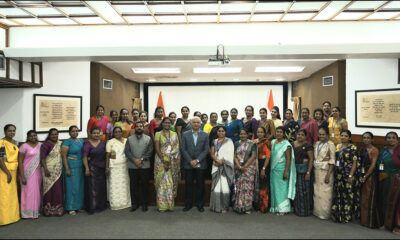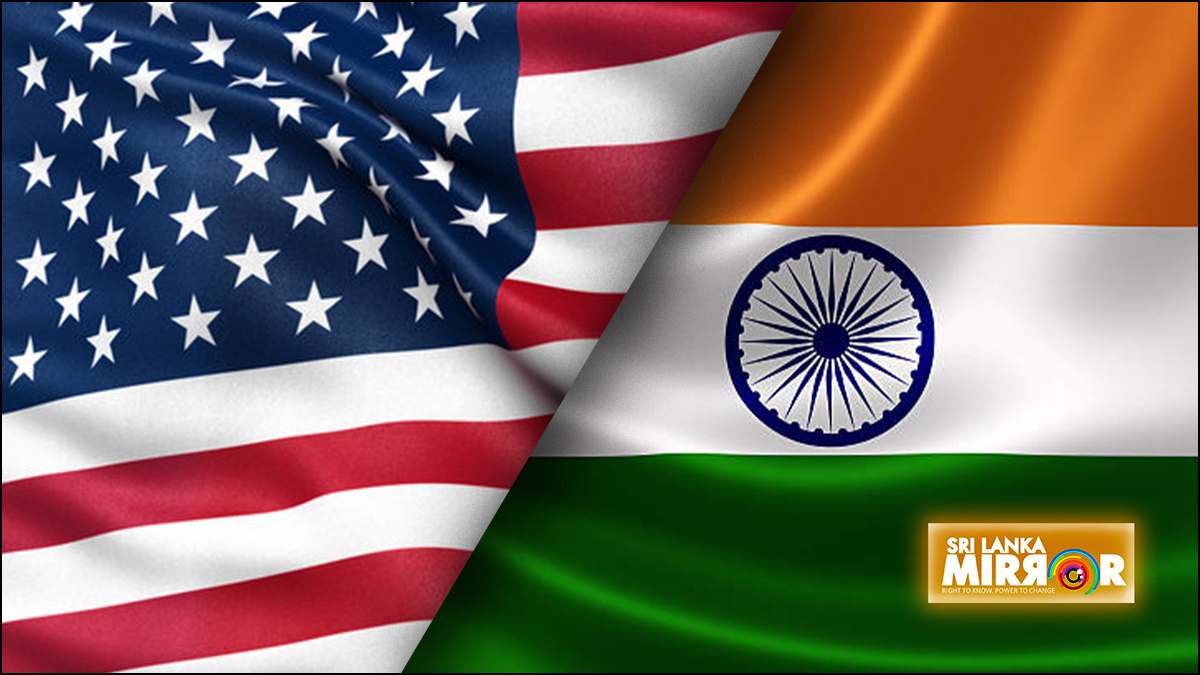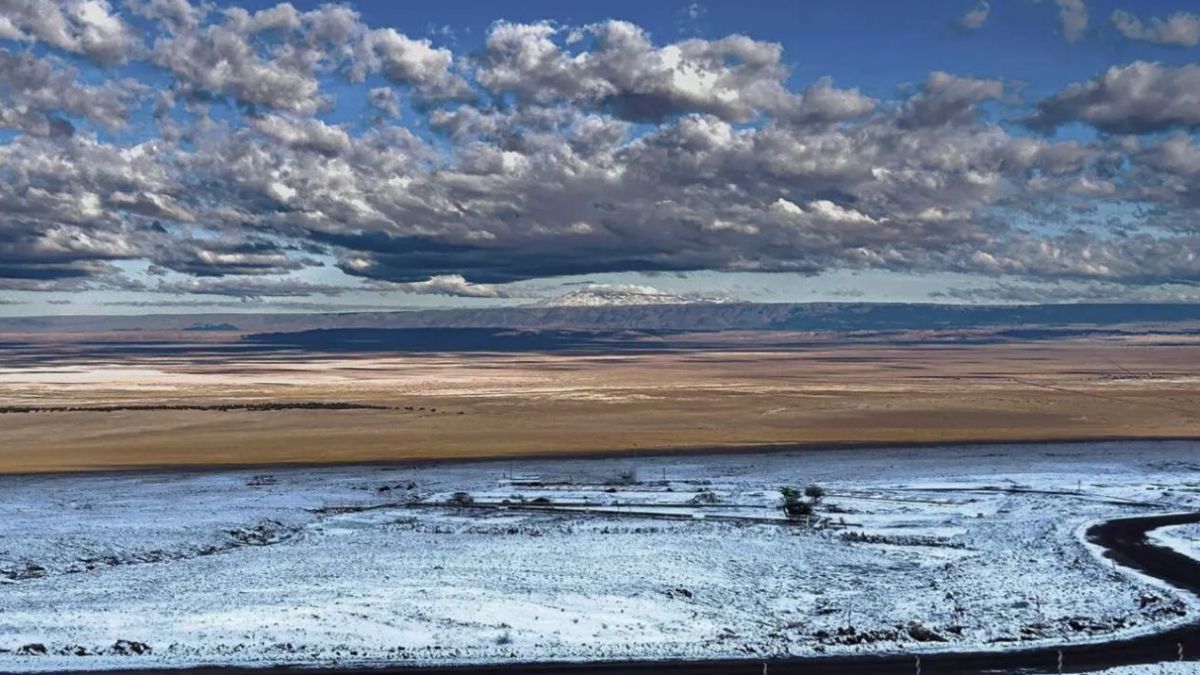Australians get ‘right to disconnect’ after hoursA “right to disconnect” rule has come into effect in Australia, offering relief to people who feel forced to take calls or read messages from employers after they finish their day’s work.
The new law allows employees to ignore communications after hours if they choose to, without fear of being punished by their bosses.
A survey published last year estimated that Australians worked on average 281 hours of unpaid overtime annually.
More than 20 countries, mainly in Europe and Latin America, have similar rules.
The law does not ban employers from contacting workers after hours.
Instead, it gives staff the right not to reply unless their refusal is deemed unreasonable.
Under the rules, employers and employees should try to resolve disputes among themselves. If that is unsuccessful in finding a resolution Australia’s Fair Work Commission (FWC) can step in.
The FWC can then order the employer to stop contacting the employee after hours.
If it finds an employee’s refusal to respond is unreasonable it can order them to reply.
Failure to comply with FWC orders can result in fines of up to A$19,000 ($12,897; £9,762) for an employee or up to A$94,000 for a company.
Organisations representing workers have welcomed the move.
It “will empower workers to refuse unreasonable out-of-hours work contact and enabling greater work-life balance”, The Australian Council of Trade Unions said.
A workplace expert told BBC News that the new rules would also help employers.
“Any organisation that has staff who have better rest and who have better work-life-balance are going to have staff who are less likely to have sick days, less likely to leave the organisation”, said John Hopkins from Swinburne University of Technology.
“Anything that benefits the employee, has benefits for the employer as well.”
However, there was a mixed reaction to the new law from employees.
“I think it’s actually really important that we have laws like this,” advertising industry worker, Rachel Abdelnour, told Reuters.
“We spend so much of our time connected to our phones, connected to our emails all day, and I think that it’s really hard to switch off as it is.”
Others, however, do not feel the new rules will make much of a difference to them.
“I think it’s an excellent idea. I hope it catches on. I doubt it’ll catch on in our industry, to tell the truth though,” David Brennan, a worker in the financial industry, told the news agency.
“We’re well paid, we’re expected to deliver, and we feel we have to deliver 24 hours a day.”
(BBC News)

 BIZ3 days ago
BIZ3 days ago
 News3 days ago
News3 days ago
 News3 days ago
News3 days ago
 News2 days ago
News2 days ago




















